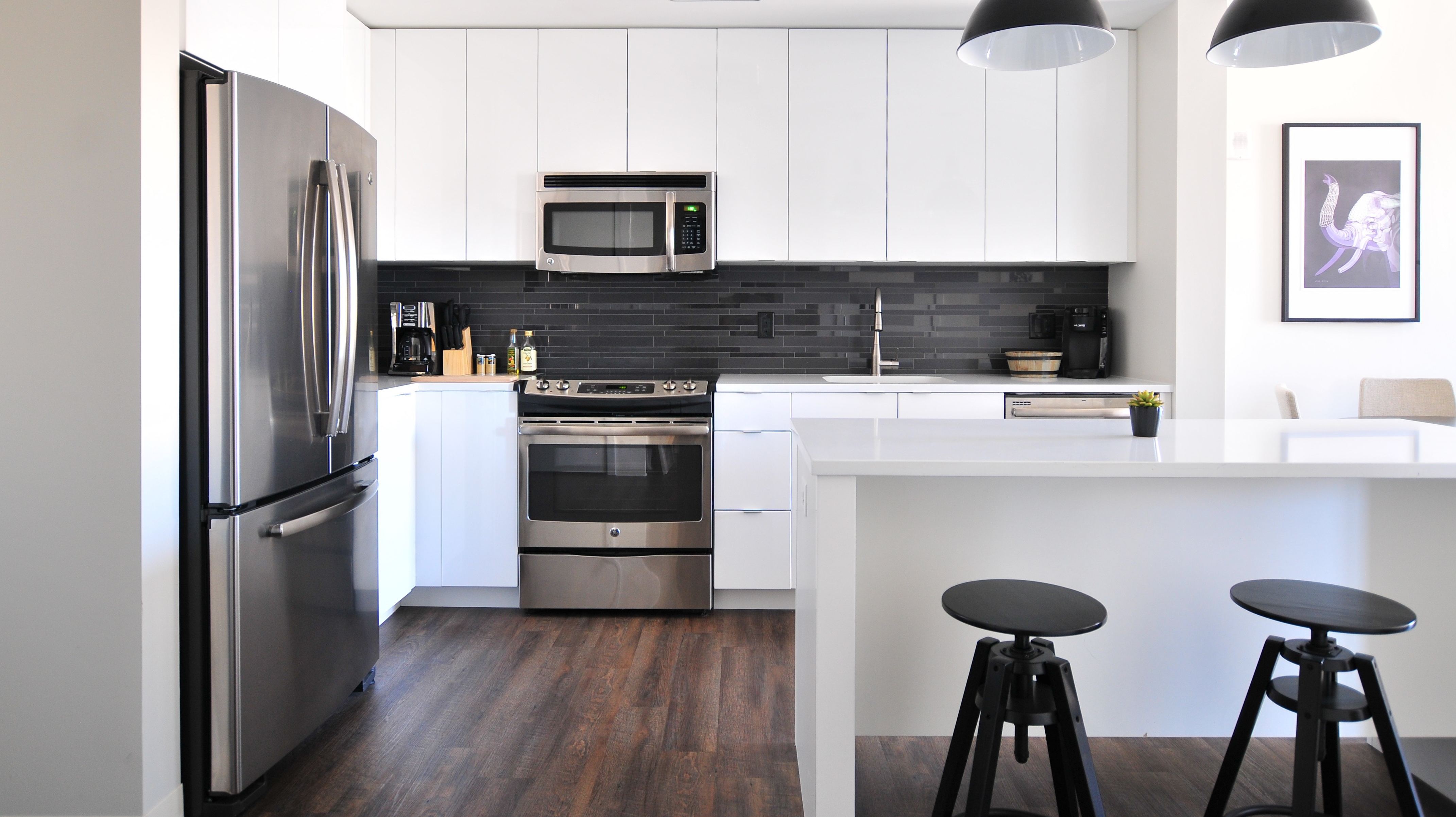
Picture this: Your home is full of “smart” gadgets that you didn’t set up yourself, but you have a decent understanding of how to use them—or, at the very least, how to yell at [smart speaker you use] to play your favorite music.
I figure this is a pretty common setup in a multi-person household: One person, the Übergeek, buys a majority (or all) of the gadgets, sets them up, and teaches the other person the basics.
But when this partnership goes south—either due to a breakup, a roommate moving out, or whatever—the person leaving might still have access to the house’s gadgets. While a friend who flicks your room’s lights on and off from a state away might seem like a harmless prankster, there are other complications that aren’t so pleasant.
If someone has access to your smart home’s gadgets who shouldn’t, the first and easiest step for taking back control is to change your wireless network’s name and password. Unless a device connects to your home with Ethernet cable—like a surveillance camera, for example—this should effectively lock out every “smart” gadget from being able to reconnect to the web. No web connection; no way to control them from afar (or view what they’re looking at).
While you won’t be able to use your smart home’s gadgets yourself, and the person who had access to a gadget will still have access to the account or app that controls them, they won’t be able to do anything. This buys you some to go hunting through your home or apartment to inventory all the devices you’ll need to reset, both to remove another person’s access and to connect them to your new wifi network.
(And since you’ve changed the name and password for your router’s wifi network, you might as well change the user name and password you use to log into the router, too. Also, disable any kind of cloud-based connection that one could otherwise use to access your router’s settings without having to be in your house. If you’re using a mesh router, you’ll want to factory-reset the device and set it up with a brand-new account, and this should be your very first step before anything else.)
Smart devices are all different, and there are a number of different techniques you’ll have to use to reset their associations and link them to another account or app. For example, if it uses some kind of hub, you’ll probably need to physically hold a button (or buttons) to factory reset it. If it’s a device you’ve already installed, like a thermostat, you can probably find some kind of “reset account” option within the device’s software settings.
Your best bet is to check with each device’s manufacturer to see what you need to do to reset it to an as-shipped condition. Here are a few instructions for some of the more popular smart home devices you’re likely to own:
Cameras
Speakers
Thermostats
Lights
Light switches
Hubs
Doorbells
It will take a bit of time to reset all of your devices and set them back up with an account that you control, not somebody else, but it’s absolutely necessary.
While you’re doing that, don’t forget about all the other accounts another person might be able to access: shared Netflix, Spotify, or Hulu accounts; any kind of family or household plans you’ve set up with Apple or Amazon; password management apps you both have access to; email accounts; bank accounts; et cetera.
If you both used a shared password to log into something, and you use that password for other accounts, change that now. it might even be a good idea to change your passwords on critical services (at the very least, your password manager), because you never know just what kind of information a now-removed roommate might have accessed.
Avots: Lifehacker